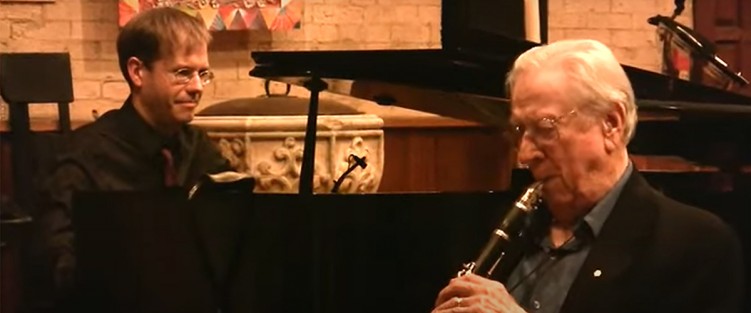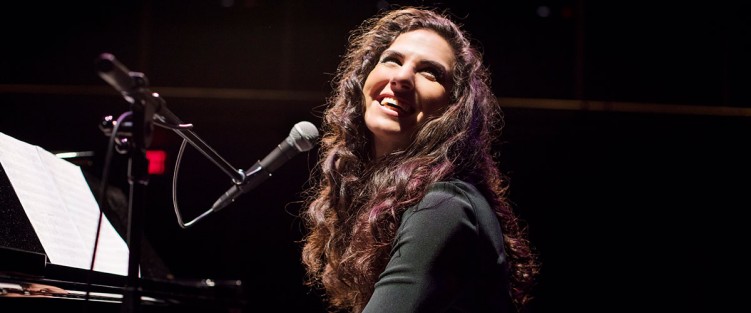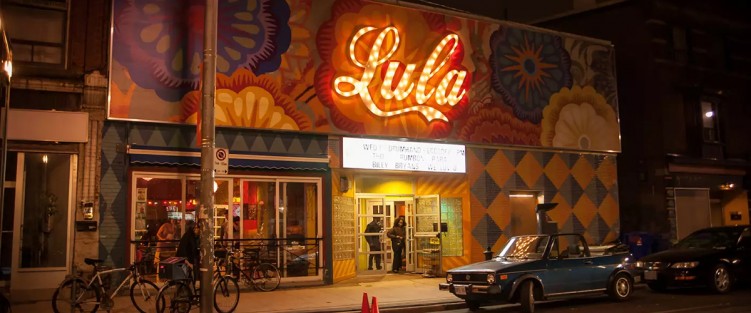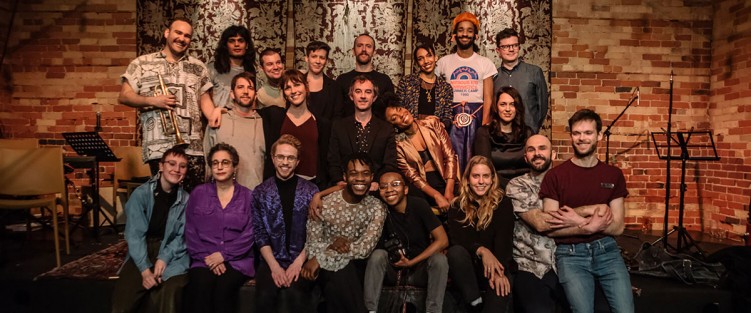As The Music Heads Outdoors
 On June 3, 2023, the clarinetist, composer, bandleader and educator Phil Nimmons celebrated his 100th birthday. Born in 1923 in Kamloops, Nimmons has been a major force on the Canadian jazz scene since the 1950s, when – following his formal music education, at both Juilliard in New York and at Toronto’s own Royal Conservatory of Music – he formed his much-venerated Nimmons ’n’ Nine group, with which he would go on to record nine albums, embark on innumerable tours, and perform regularly on CBC broadcasts.
On June 3, 2023, the clarinetist, composer, bandleader and educator Phil Nimmons celebrated his 100th birthday. Born in 1923 in Kamloops, Nimmons has been a major force on the Canadian jazz scene since the 1950s, when – following his formal music education, at both Juilliard in New York and at Toronto’s own Royal Conservatory of Music – he formed his much-venerated Nimmons ’n’ Nine group, with which he would go on to record nine albums, embark on innumerable tours, and perform regularly on CBC broadcasts.





